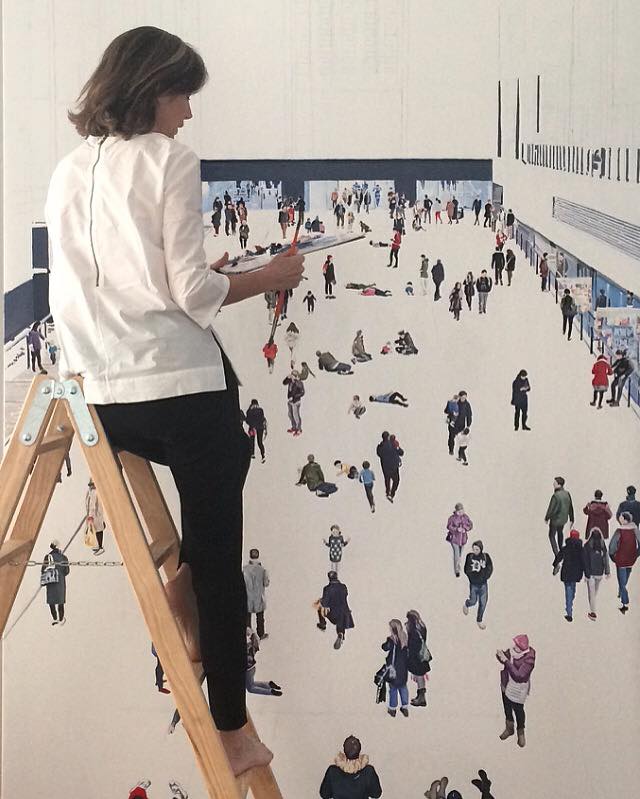
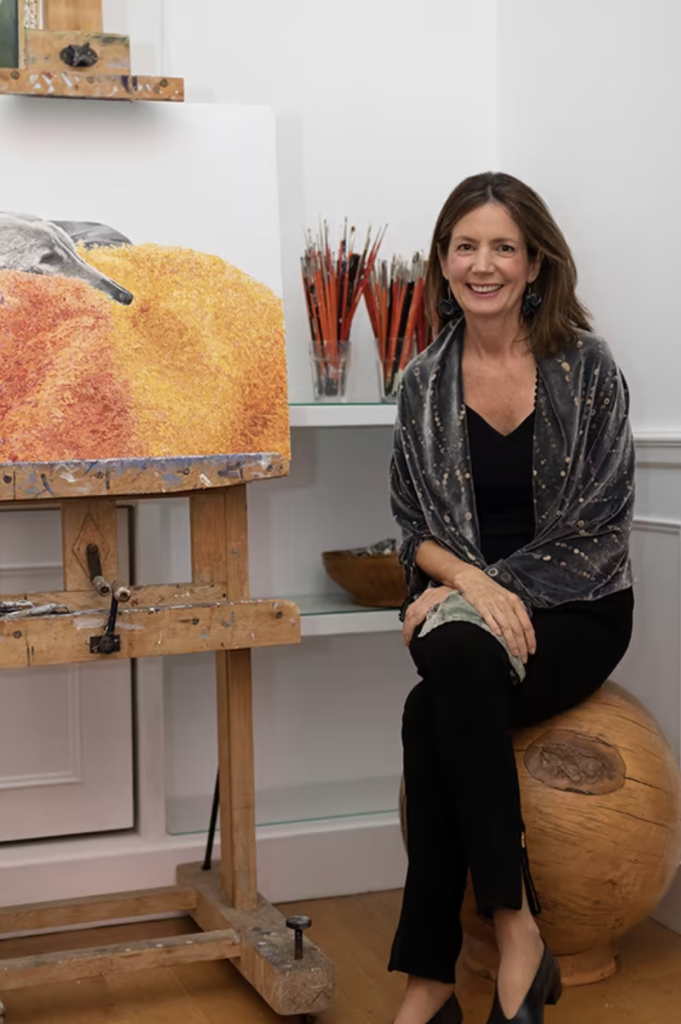
I have been painting for as long as I can remember. It is a vocation that has always accompanied me and that I live as a feeling. I have always needed to paint, although I am not self-taught. At the age of 16 I moved to London, where I finished high school and began my art studies at Central Saint Martins. There I attended the Foundation Course School of Arts until 1988. After that, I lived in Japan and the USA for a few years before moving to Madrid in 1989.
I started painting the sea from my native Malaga and it is something that has remained one of my signs of identity. I also paint urban landscapes. I love cities because they are full of ideas, sensations, play of proportions and contrasts.
Light is a state of the soul; and only the painter who is able to undress his soul and expose it on the canvas can paint light. In the painting of Paula Varona, as in the ode of Fray Luis, the air is serene and dressed in beauty and unused light, a light that has the palpitation of his soul; and whoever looks at her paintings feels invaded by that light, conquered by it, saved by it, put into his inner self, where he finds a new clairvoyance with which he can re-baptize the world.
Juan Manuel de Prada.
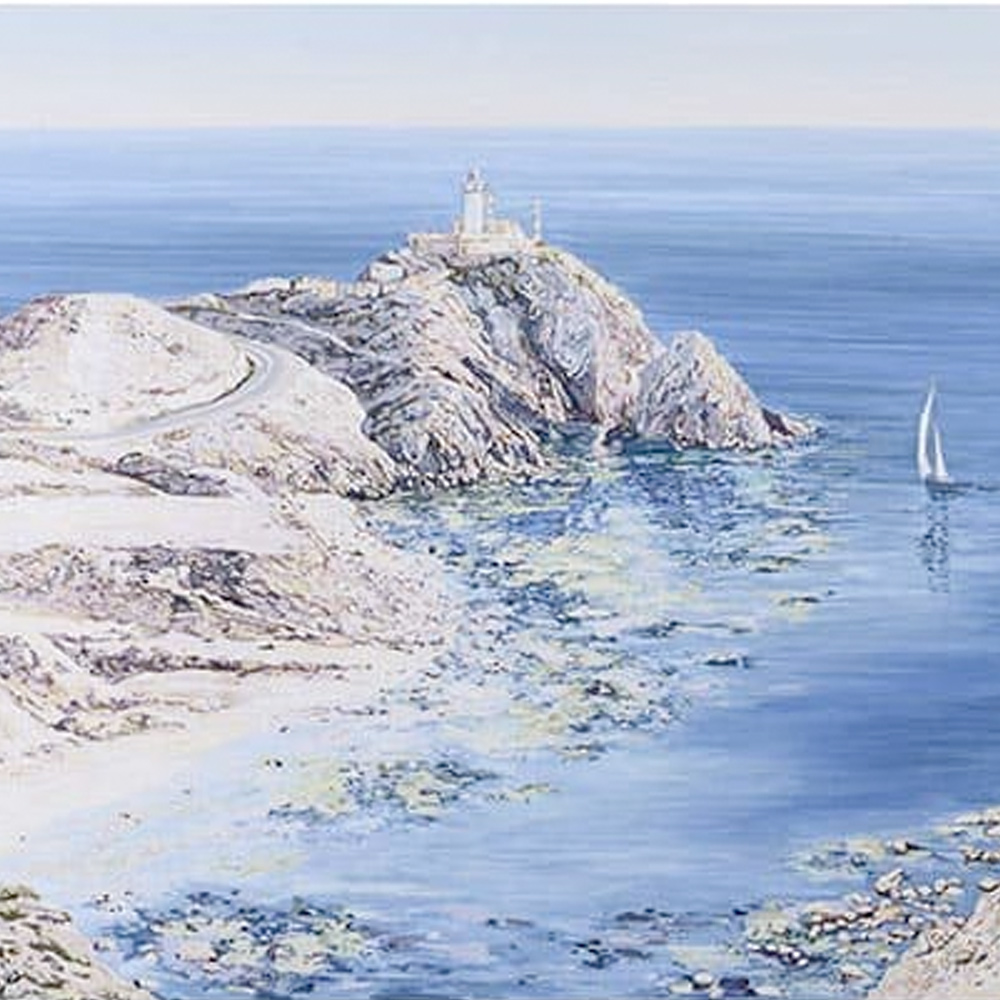
Varona has painted the urban landscapes of fascinating metropolises such as Lisbon, Havana, New York, Barcelona... In this case, the exhibition focuses on Madrid, where the artist currently lives and works. Among her canvases, the Gran Vía, the Castellana, the Retiro Park... She immortalizes the most emblematic buildings of the capital, seen both from its streets and from its rooftops: day and night, with sun and snow...
Juan Manuel de Prada.
The city is memory, otherwise it would be nothing. Paula has portrayed her waking up, sleeping, night and day, that brush that is gifted for the detail is also the brush of metaphor, when she expresses snow does not mean cold, she wants to affirm the ability of the city to wrap itself. And when he expresses day he does not only mean life in the streets, market, traffic. There is in that day in Madrid portrayed by Paula Varona a quiet cry of the everyday that expresses without blushing that it is happy to continue to exist.
Juan Cruz.
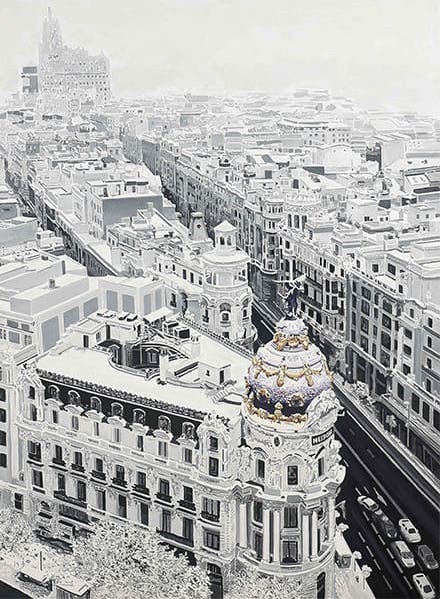
Javier Morales Vallejo.
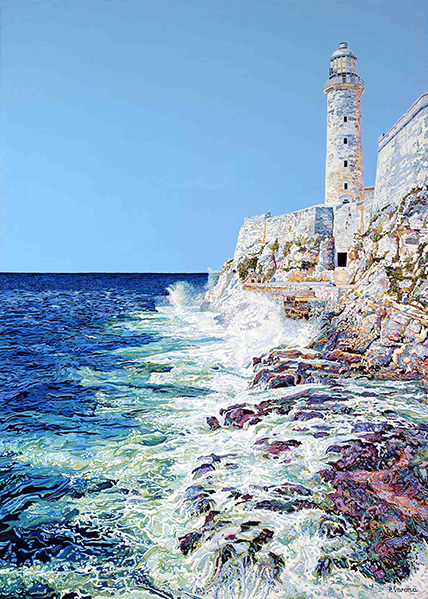
In addition to the Prado, Paula Varona also "portrays" other major Spanish and international museums: Bilbao's Guggenheim, with the twisted architecture of Frank Gehry (its impressive atrium, the room where Richard Serra's steel spirals snake, "The Matter of Time"); the wonderful undulating ramp of the Guggenheim in New York, created by Frank Lloyd Wright; the monumental Turbine Hall of the Tate Modern in London, the work of Hergoz & De Meuron... There are in Paula Varona's canvases clear pictorial evocations: David Hockney and his Californian swimming pools, the gathering at Café de Pombo, recreated by Solana; Miró's constellations, the hieratic portraits of Piero della Francesca, the spiritual abstraction of Rothko and Pollock....
Juan Manuel de Prada.

A specialist in urban landscapes, seascapes and museum interiors, in which she establishes a unique dialogue by introducing the human presence, Paula Varona's painting emanates from impressionism. "With fidelity to photographic reality," notes the poet Luís Alberto de Cuenca, "she has a lot of oneiric. Creating new perspectives, imagining surprising points of view, the great classical painter that is Paula continues to teach classes in her canvases of fresh, positive and happy modernity, as far from mere photography as from boring artistic deconstruction, immersed in the mystery of the real, in the magic that springs from the everyday". Speaking of his landscapes of Madrid, the poet highlights their expressiveness and "delicate scenographic elegance". The writer Marcos- Ricardo Barnatán remarks on the unusual fullness of Paula Varona's space. "The architecture loses its monolithic sense and achieves a lightness of the environment," he says. For his part, Javier Morales Vallejo, doctor in Art History, has said that her painting "is easy to see and difficult to explain. As he meticulously paints such a multitude of details, he immerses them in a warm silence where, in the end, only the essential of the misty and luminous environment remains, so sensorial, so physical and so poetic".
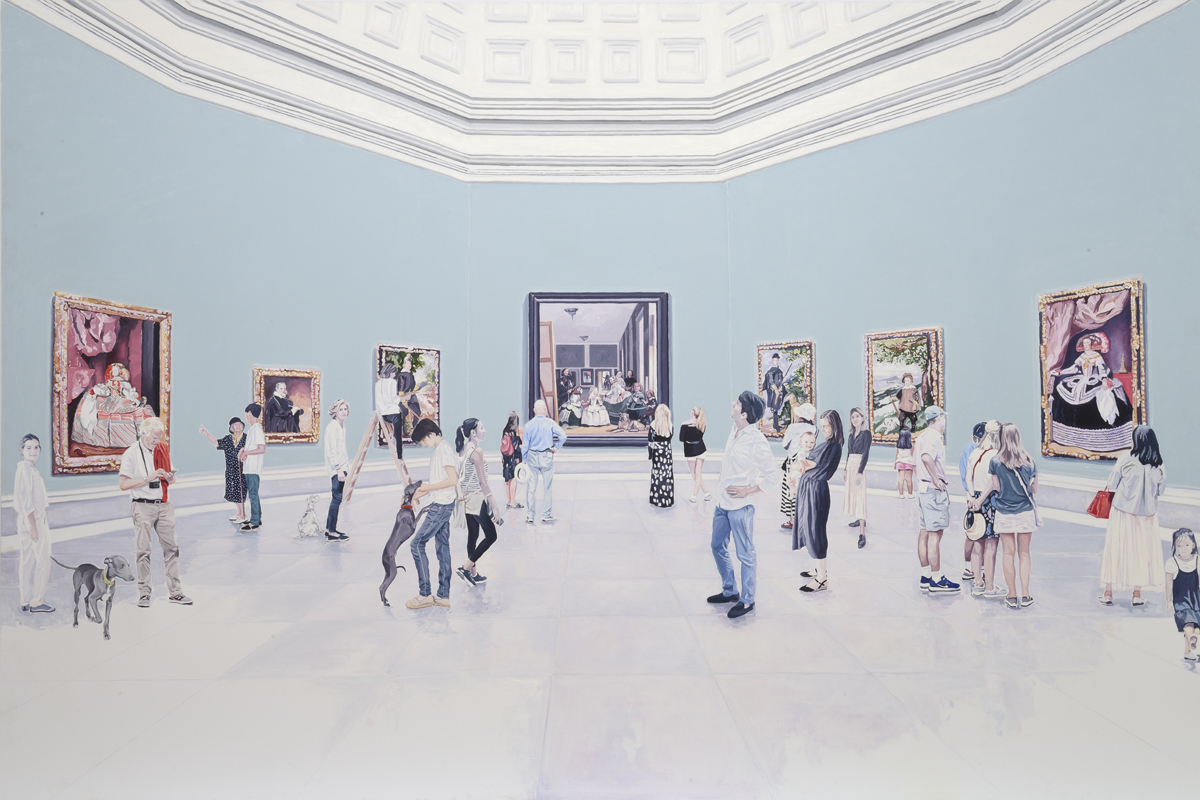
Subscribe to Paula Varona's newsletter to keep up to date with all her exhibitions, news and launches.